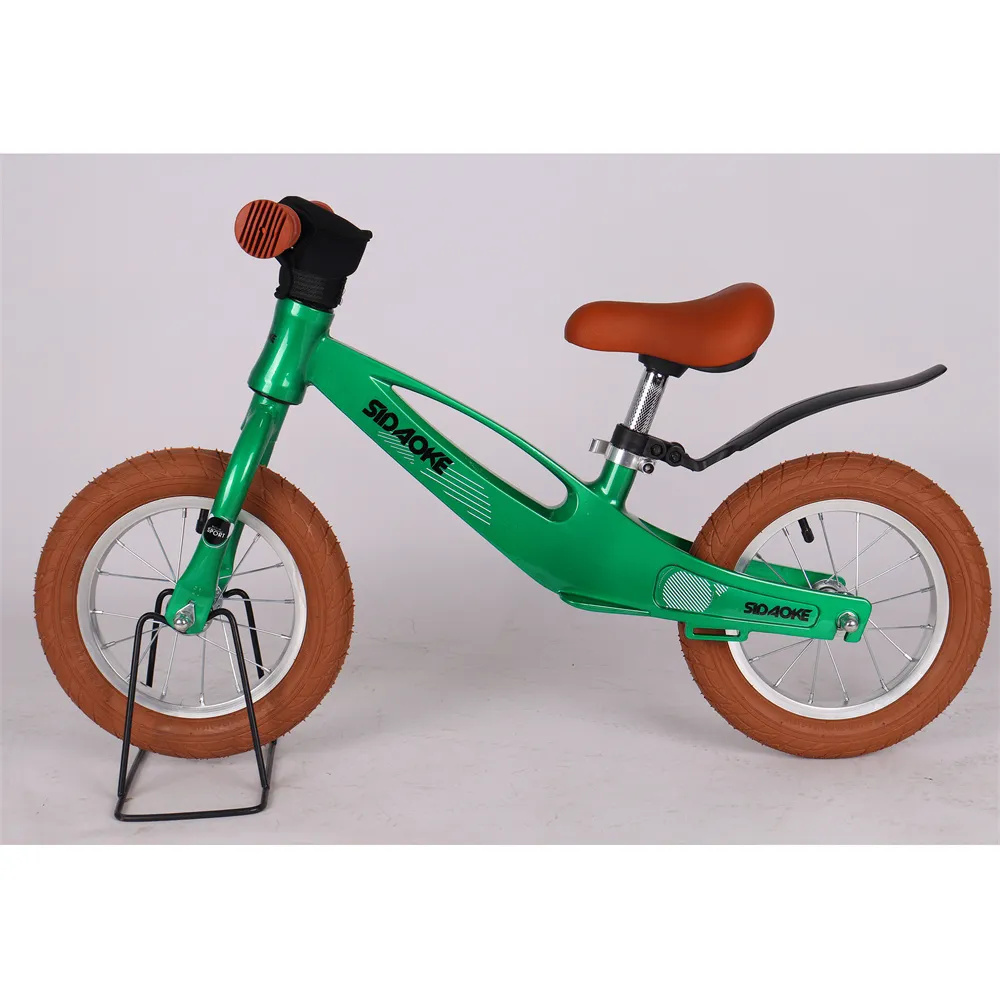buy childrens bikes
Buying Children's Bikes A Comprehensive Guide for Parents
As children grow, they develop an innate sense of adventure and curiosity. One of the best ways to nurture that spirit while encouraging physical activity is by investing in a bicycle. Buying a children's bike is not just about getting a mode of transportation; it's about creating memorable experiences, fostering independence, and promoting a healthy lifestyle. In this guide, we will explore the key factors to consider when purchasing a bike for your child.
Understanding Age and Size
The first step in selecting the right bike is understanding your child's age and size. Bikes come in various sizes and types, and choosing the right one is crucial for your child's safety and comfort. Generally, bicycles for children are categorized by wheel size, which typically ranges from 12 inches for toddlers to 24 inches for older children.
When measuring your child for a bike, ensure they can stand over the frame with both feet flat on the ground. When sitting on the saddle, they should be able to reach the handlebars comfortably. This ensures they can maneuver the bike safely and confidently.
Types of Bikes
There are several types of bikes suitable for children, each serving different purposes
1. Balance Bikes Ideal for toddlers starting to learn balance and coordination, these bikes do not have pedals. Children propel themselves with their feet while learning to balance.
2. Training Wheel Bikes These bikes come equipped with training wheels for added stability. They are perfect for beginners who need a bit of extra support before transitioning to a two-wheeled bike.
3. Single-Speed Bikes Great for older children who have outgrown training wheels, these bikes allow for easy riding on flat terrain without the complication of gears.
4. Multi-Speed Bikes Designed for more experienced young riders, these bikes offer multiple gears suited for different terrains, allowing for varied riding experiences.
Safety Features
Safety should always be a top priority when purchasing a bike. Look for features like
buy childrens bikes

- Brakes Ensure the bike has working brakes that are appropriate for your child's size and strength. Hand brakes are common on larger bikes, while coaster brakes (where pedaling backward stops the bike) are often found on smaller ones.
- Reflectors and Lights These enhance visibility, making it safer for your child to ride in low-light conditions.
- Quality Helmets Investing in a proper helmet is essential. Ensure it fits snugly and meets safety standards, as it greatly reduces the risk of head injuries.
Choosing the Right Accessories
As important as the bike itself, the right accessories can enhance your child’s cycling experience. Comfortable clothing and shoes are essential. Consider purchasing padded shorts, gloves, and appropriate footwear to promote a better riding experience.
Additionally, a sturdy backpack or bicycle basket can be useful for carrying school supplies or snacks during rides. Training gear such as knee and elbow pads can also provide additional safety, especially for beginners.
Setting a Budget
Bikes can range from affordable to high-end, so it's important to set a budget before you start shopping. Consider how often your child will use the bike and whether it will be a long-term investment or just a temporary solution. While it may be tempting to opt for the cheapest option, investing in a quality bike can save you money in the long run through durability and safety.
Buying Process
When you're ready to buy, consider visiting a local bike shop where you can get expert advice and have the opportunity to test bikes. Online shopping is also convenient, but ensure you understand the return policy in case the bike isn't a perfect fit.
Encouraging Healthy Habits
Finally, remember that the real joy of buying a bike comes from encouraging your child to ride it. Regular family bike rides can foster a love for cycling, promote fitness, and create lasting memories. Teaching your child about road safety and responsible cycling will instill good habits as they grow.
In conclusion, purchasing a children's bike involves careful consideration of size, type, safety features, accessories, budget, and buying location. By investing time and effort into selecting the right bike, you are not only giving your child a means of transport but also a gateway to adventure, friendship, and a lifelong love for cycling. Happy riding!
-
The Perfect Baby TricycleNewsAug.11,2025
-
Ride into Fun with Bikes for KidsNewsAug.11,2025
-
Ride into Adventure with the Perfect Kids Balance BikeNewsAug.11,2025
-
Fun and Safe Riding with the Best Childrens ScootersNewsAug.11,2025
-
Find the Perfect Childrens Bike for Your Little OneNewsAug.11,2025
-
Explore the Best Baby Tricycles for Your Little OneNewsAug.11,2025
-
Three-Wheel Light-Up Scooter Benefits for KidsNewsJul.11,2025








